
Friday Photo: sunset over the Chesapeake
Friday PhotoNovember 11, 2017 was one of the nicest days of the year to be flying. The chilly air made for a smooth ride, and the early sunset cast a gorgeous light across the water. This was one of those days to turn the radio down low and just enjoy the view out the window.

No place to hide – a flight instructor slips up
I was thereI had volunteered to fly Bill in from Des Moines earlier in the day and had spent the rest of it waiting at the Dubuque airport for his return. The airplane, an older model Cessna 182 and unfamiliar to me, was borrowed from of friend of his. I had never flown it before, nor had I bothered to pay much attention to its panel layout. Those were details meant only for bush-league pilots, not me.
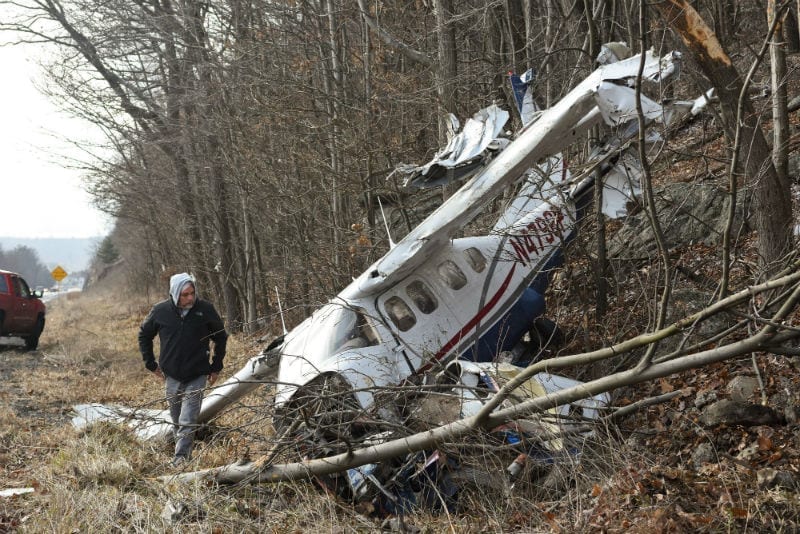
Emergency landing vs. crashing
TechniqueThe control of the aircraft during any approach and touchdown determines the difference of landing or crashing. A controlled aircraft flown to and through touchdown is a landing. An approach which stalls the aircraft at any time prior to touchdown will result in a crash. A crash is the aircraft falling uncontrolled to the surface, even just a few feet.

Landing gear up – how the unthinkable happened to me
I Can't Believe I Did ThatI was brought to my senses by a tremendous noise followed by an ominous quiet. In this quiet there was no sound of the motor. I realized that the airplane had stopped. I could get out of the airplane. I scrambled through the door only to be met by the tarmac three feet closer than it had been. It was not where I expected. I had crash landed. The wheels were still up. I had landed in a daydream.

Friday Photo: Arizona canyons
Friday PhotoWe were heading from the mountains of Show Low, Arizona to the desert of Phoenix, Arizona for the day so Krista and I could spend the day with her son Casey. The trip would normally be a six plus hours round trip by car. However, being blessed and fortunate enough to fly, it is a 90-minute round trip allowing us to spend more time with Casey and still be home in time for dinner.
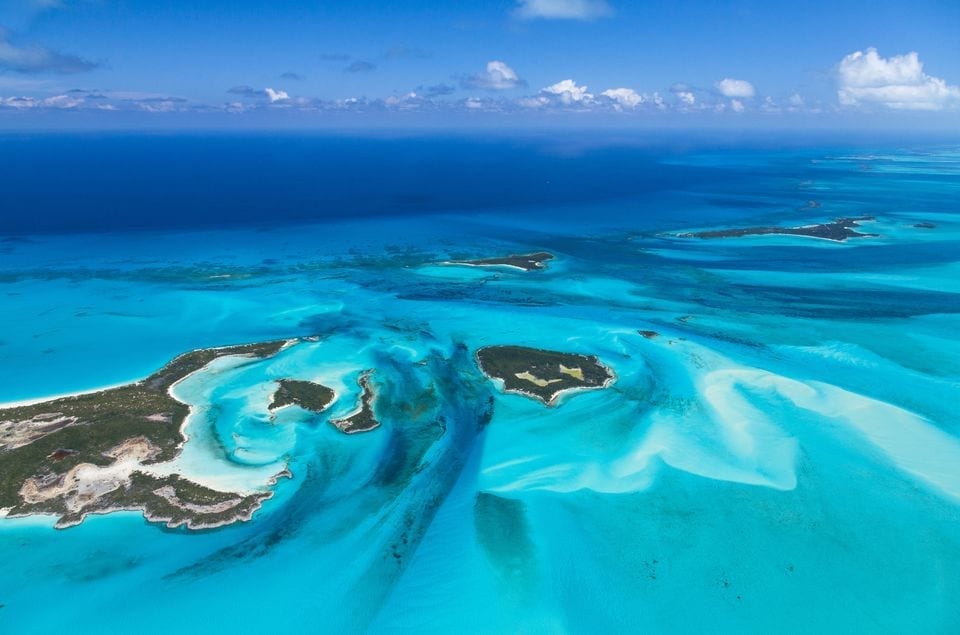
The relaxed life as a charter pilot in the Bahamas
I was thereIt really is "Better-In-the-Bahamas" and I tell those people I like, those who live in Florida and have not visited the Out Islands, not to visit would be like living one mile from the rim of the Grand Canyon and never looking in. I felt lucky living and flying in the islands. I slowly became an “island pilot.”

An airline pilot gets his general aviation fix
I was thereMy good friend Jason arrived in Cape Town on an overnight with his airline and very large twin-engine jet. He normally comes to stay and we catch up over a steak, talking rugby and fishing. This time was to be slightly different in that I mentioned to Jay that there was a club outing to Saldanha and would he like to go. He was very excited and hence we awoke early the next morning to pre-flight the Yak.

Back to basics: flying 727 LaGuardia shuttles
I was thereFlying 727 shuttles out of New York’s La Guardia Airport to Boston and Washington in the 1980s and 90s was a hands-on, back-to-basics operation: steam gauges, hand-tuned VHF navs, one or two low freq ADF, no FMS and an autopilot that had to be tended to get you where you were going.

Friday Photo: sunset in the rain
Friday PhotoDale Walton was flying his 1967 Cessna 150G at historic Minter field in Shafter, CA (MIT), an old World War II training base when he took this photo. As he says, "My first landing in the rain! No wind to speak of, but what a thrill it was watching the rain speed by my landing light in the wing Cessna. One of many more adventures to come. Shot with my iPhone 7+."

Go or No Go: finding a gap
Go or No GoYou've just passed 500 hours in your Cessna 182RG, and it has proven to be a very reliable traveling machine over the last four years. Today's mission is to get you home from Columbus, Ohio (TZR), to South Bend, Indiana (SBN). The flight will take just under 1.5 hours, compared to over four hours driving, but as always weather is a potential factor.

Flying a Pitts Special over the Amazon
I was thereI am sitting in this brightly colored red, two seat, Pitts Special S2B stunt plane alone over the Atlantic Ocean at 9,500 feet. I have been flying out of sight from land for quite some time and occasionally the magnitude of the adventure I am undertaking sinks in and I have to mentally remind myself to take this trip one small step at a time.

Silent night over the Appalachian Mountains
I was thereWe all have occasion to read accident reports, now and then, and hope to learn something for our effort. When we step into the cockpit, these thoughts are set aside in order to focus on the tasks of flying. It is only in the rarest circumstances when mortality infiltrates the cockpit and stubbornly takes hold.

Friday Photo: Chicago fly-by
Friday PhotoI had been in Chicago on business the day before. It was a beautiful morning. Skies were mostly clear. Visibility was unlimited. Air was calm. Temperature was cool (it was late-September). Great day to fly. I had just departed O6C (Schaumburg Regional), about to head home. I decided to take a tour of downtown Chicago, from out over Lake Michigan.

Putting on a good show in Chile with F-15s
I was thereIn 1990, I was privileged to take a team of U. S. Air Force jets and airmen to The International Space Fair, aka, FIDAE, the largest air show and exhibition held in Latin America. It was also the first time an official contingent of American military visited Chile since the Pinochet affair of the 1970s. We had three F-15s, a KC-10 and a B-52 for display and flight demonstrations.

That magical age: a pilot’s 40-year journey from Cessna to Airbus
I was thereMy Dad turned 65 recently, and as with so many of his peers, this year means mandatory retirement from 26-year airline career. While for him it's a singularly pivotal and more-bitter-than-sweet event, his retirement also represents a journey that began with a Cessna and ended with an Airbus, in what has become a massive wave of his peers with remarkably similar stories.
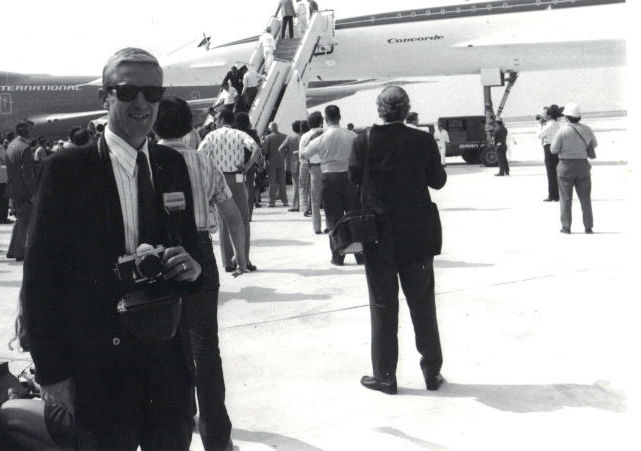
Friday Photo: Richard Collins with Concorde
Remembering Richard CollinsThere were many important airplanes in Richard Collins's life, including his Cessna P210, N40RC, which he flew for almost 9,000 hours. Close behind that special airplane was Concorde, the groundbreaking supersonic airliner. He rode on it 14 times, flew the simulator, and became good friends with John Cook, a British Airways captain on the graceful bird.
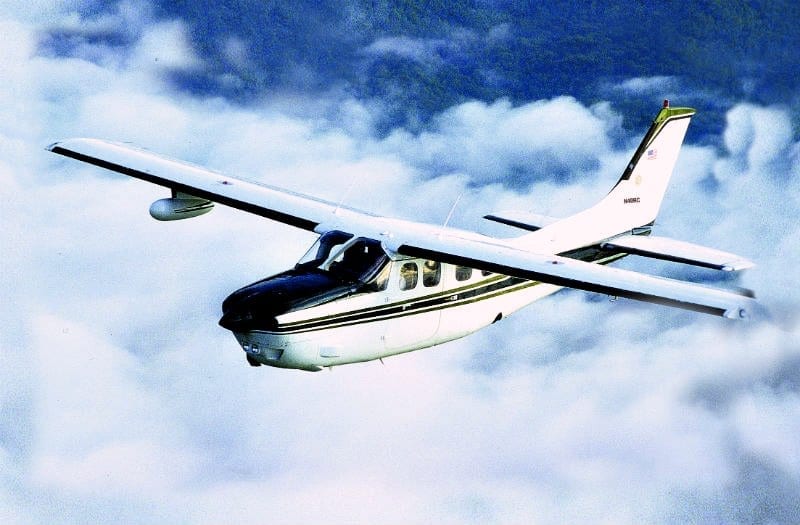
Learning from the master
Remembering Richard CollinsI first met Dick in the Park Avenue offices of FLYING Magazine, but I got to know Dick – and learned to fly – in Dick’s real office, the cockpit of 40RC, his Cessna P210. During my years at FLYING as a staffer and then as a freelance columnist, I made about 110 flights in over 500 hours in 40RC.

The best in the world, and a truly good man
Remembering Richard CollinsMemories are stored like snapshots in a shoebox. Moments frozen in time. Dick Collins was hunched over his typewriter tapping away that day in the fall of 1964 when I first saw him. He politely said hello, but kept working against a deadline as his father, Leighton Collins, showed me around the Air Facts office in Princeton, New Jersey.
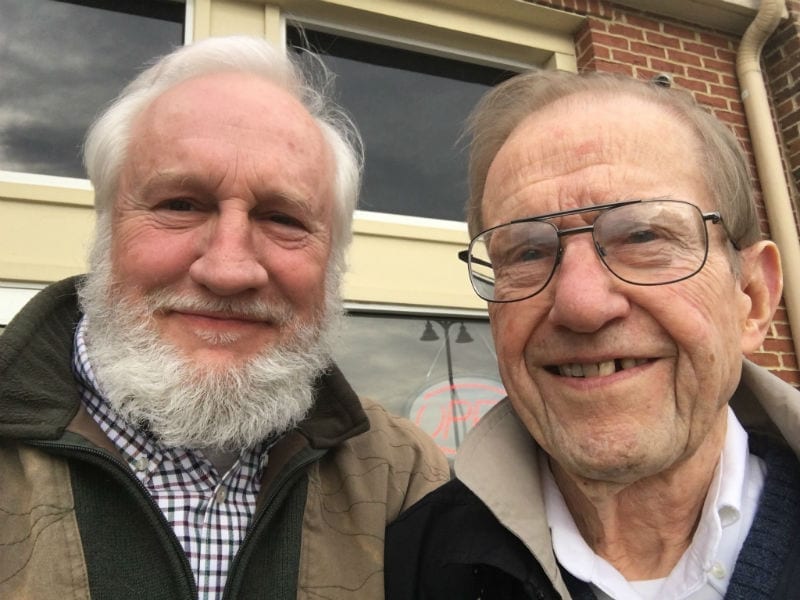
Meeting him was like meeting God
Remembering Richard CollinsTo a neophyte pilot and aviation journalist in the 1970s, meeting Richard L. Collins for the first time was like meeting God. It was at the 1978 Reading Show in Pennsylvania, and I was in my fourth year as an editor and writer with the British weekly Flight International. As a pilot, I devoured FLYING magazine from cover to cover each month; as a writer, I regarded it with awe.

Personal flying’s greatest champion
Remembering Richard CollinsI was so lucky to work for and with Richard for more than 40 years. Richard refused to be called an aviation journalist. What he did, and I did, at FLYING magazine, and for him at AOPA Pilot, and then for Air Facts Journal on the web, is personal aviation promotion. Richard championed the cause of using our own airplanes for personal travel on our own schedule with a maximum of schedule reliability and safety.
